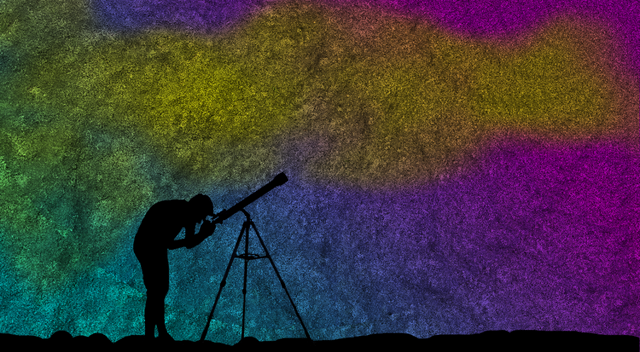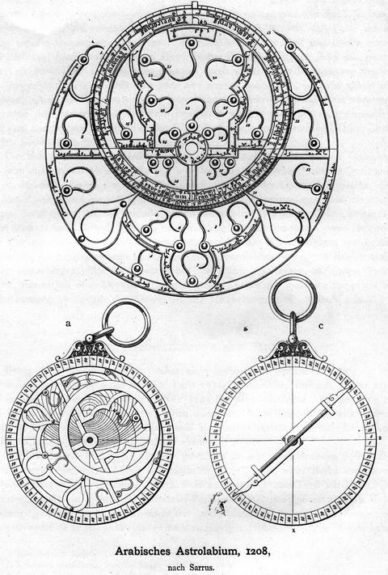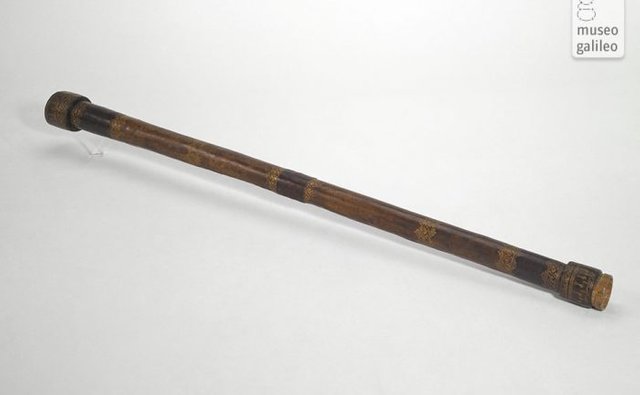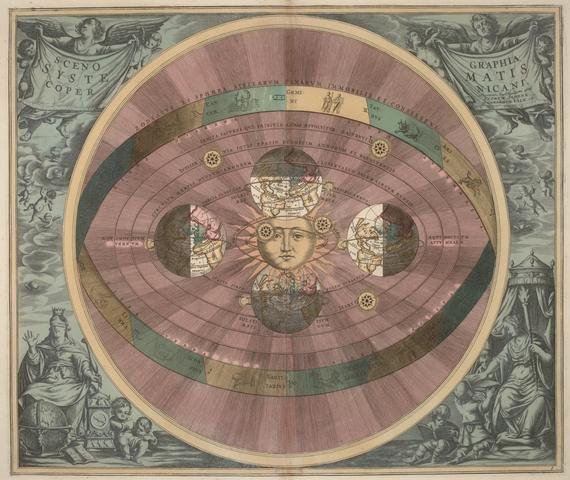The Road To The Stars: Inventions That Changed The Way We Look At The Sky (II)
The Middle Ages and the Renaissance bring us closer to space travel, thanks to a revolutionary invention, but also to some scholars.

Read: The road to the stars (I): the mythological beginnings of astronomy and space travel steps
We have already talked about the knowledge that people had of antiquity and even of prehistory about what is beyond the clouds. What is most remarkable is that the findings we have previously discussed have been made with the naked eye, and perhaps the scholars of those times would have adapted more easily than we thought of more modern technologies.
Ascension and decline: the Islamic world and the European world
However, until we come to the invention that changes the way people look at the sky, we must go through the medieval period. Two fields of influence in astronomy are here, one being the Western world, the other one being the Islamic world.
The Islamic world benefited from Greek, Indian and Persian knowledge, translated into Arabic. In general, Islamic astronomy was an observational one, and it was concerned with the recording of data from observations. That is why, in the Muslim world, even before the year 1000, there were astronomical observers and star catalogs.
At a time when Islamic astronomy was on the verge of progress, Europe began to stagnate regardless of the specific field and scientific and social progress, was delayed. This is the time we know as "dark ages" covering the period after the fall of the Roman Empire and reaching the fourteenth century.

astrolabe. The drawing of an Arabic alabaster from 1208.
These terms and the general culture information we have about this age can make us believe that nothing important happened during this time, but science did not stand in place. The Temporum Ratione, for example, has been a reference text among the clergy for more than 500 years since the 7th century, providing the astronomical knowledge needed to calculate the date of the Passover.
The progress of the Islamic world is not isolated, being gradually known by Europeans, starting with the tenth century. Spain and Sicily become places where time scholars travel to refine their knowledge thanks to translations from Arabic to Latin. The new texts temporally overlap with the emergence of the first universities, where these writings come, opening a new era of understanding astronomy and bringing man a step closer to space travel.
Telescope - the invention that brings us closer to the stars
Galileo Galilei is, as a rule, the historical personality of the name to which the telescope's invention relates, but Hans Lippershey, Zacharias Janssen and Jacob Metius are, in fact, his creators.
It is important to distinguish between reflector and refractor. The former is based on a spherical or parabolic mirror, while the refractor telescope, or the astronomical telescope, is based on a series of lenses. Although Galileo was not the first to build an astronomical telescope, it was the first to point such a device to the sky.

Galileo Galileo's first telescope, today exposed to Museo Galileo.
Galileo made a series of monumental discoveries for his time, especially since he lived (1564-1642), geocentrism, or the idea that the Earth was at the center of the Universe was still predominant. His attempts to sustain the heliocentrism, the idea that the Earth is rotating around the Sun, finally cost him freedom, being arrested at home.
The heliocentric model is the realization of another outstanding figure in the history of astronomy, Nicholas Copernicus, who has been able to observe five planets in the solar system, Mercury, Venus, Mars, Jupiter and Saturn. Galileo, on the other hand, seems to have noticed even a sixth planet. In 1612 and 1613, he noticed the planet Neptune, more than 200 years before the astronomers discovered it officially. It is not known, however, whether Galileo understood the implications of the observation.
Galileo's astronomical telescope has gradually been upgraded and its magnifying power has increased, its best telescope reaching its 33x power. With the help of such a telescope, Galileo managed to observe even four months of Jupiter, but also sunspots.

The heliocentric model, as it appears in Harmonia Macrocosmica, by Andreas Cellarius (1708).
Isaac Newton must not be forgotten in this short story of astronomical progress in the Renaissance period. One of the great merits of this is that it has brought closer physics and astronomy, by what we now know as **the law of gravity. ** He succeeded in creating a theoretical framework explaining how gravity influences both objects on Earth and beyond, creating a solid foundation for future physics discoveries.
The telescope brings us closer to space travel, even if we still can not get off the ground, being very far away from our first flight on an airplane. It will take several hundreds of years before man's aspiration will take him to the stars, but all these centuries are crucial, the progress of astronomy being ever greater as we approach the most recent hundred years in the history of mankind .
The next episode in this miniseries brings us into the modern age when we complete the Solar System and when we begin to better understand what's beyond our little corner of the galaxy.
References:
Scientific Contacts and Influences Between the Islamic World and Europe: The Case of Astronomy
The heliocentric model
Astrolabe
Renaissance Astronomy
N.B. to @justtryme90 who missed my first part :)
This is an excellent piece. You are building up humanities history of our understanding of space so very well! Thank you for your efforts with this well crafted post!
As a bonus, and in addition to resteeming for exposure, we are awarding you a small 10 Steem Power deposit as a thank you for creating quality STEM related postings on Steemit. We hope you will continue to educate us all!
Thank you!
You should add a #history tag to this post maybe also #space. Don't limit the exposure of your great work by only using two tags.
Done )
You are a very good writer. This was a nice quick read for my train ride :)
Thank you. I really appreciate your effort and support on Steemit.
this is good. I like it a lot. following.
Thanks